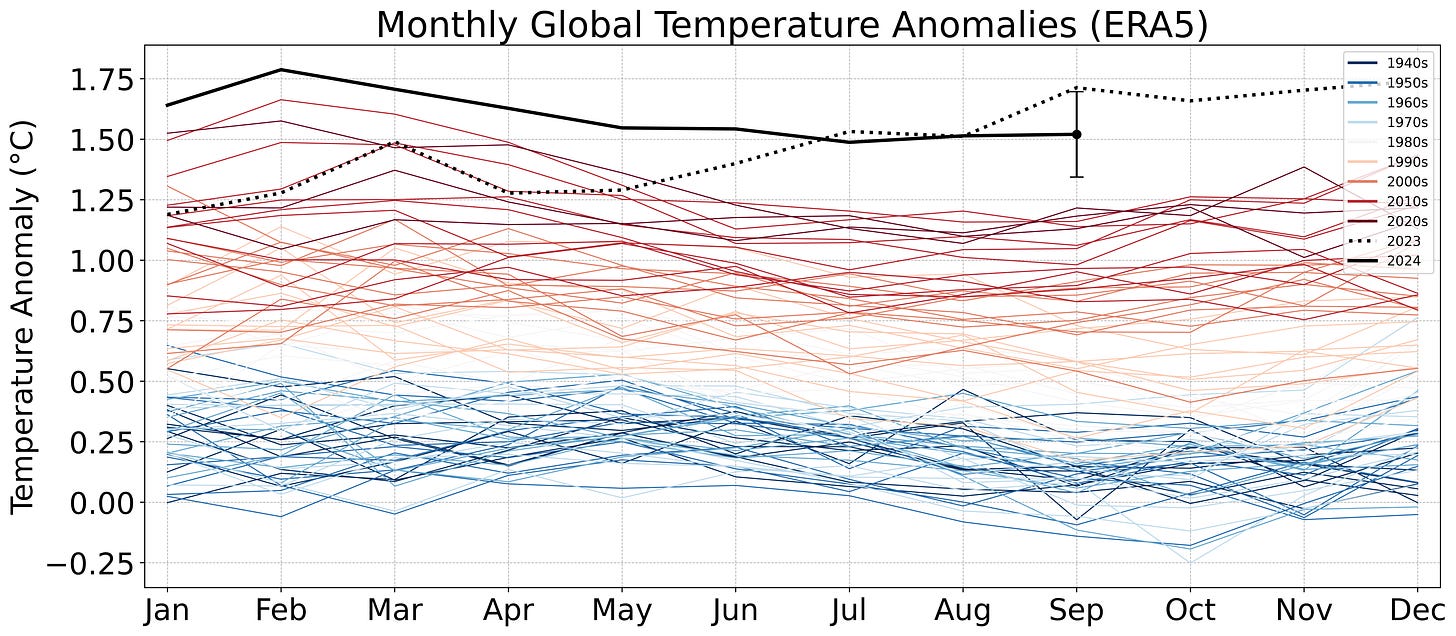Pharmaceutics, Vol. 16, Pages 1181: Alternative Strategies for Delivering Immunotherapeutics Targeting the PD-1/PD-L1 Immune Checkpoint in Cancer
Pharmaceutics doi: 10.3390/pharmaceutics16091181
Authors: Ryunosuke Hoshi Kristyna A. Gorospe Hagar I. Labouta Taha Azad Warren L. Lee Kelsie L. Thu
The programmed death-1/programmed death-ligand 1 (PD-1/PD-L1) immune checkpoint constitutes an inhibitory pathway best known for its regulation of cluster of differentiation 8 (CD8)+ T cell-mediated immune responses. Engagement of PD-L1 with PD-1 expressed on CD8+ T cells activates downstream signaling pathways that culminate in T cell exhaustion and/or apoptosis. Physiologically, these immunosuppressive effects exist to prevent autoimmunity, but cancer cells exploit this pathway by overexpressing PD-L1 to facilitate immune escape. Intravenously (IV) administered immune checkpoint inhibitors (ICIs) that block the interaction between PD-1/PD-L1 have achieved great success in reversing T cell exhaustion and promoting tumor regression in various malignancies. However, these ICIs can cause immune-related adverse events (irAEs) due to off-tumor toxicities which limits their therapeutic potential. Therefore, considerable effort has been channeled into exploring alternative delivery strategies that enhance tumor-directed delivery of PD-1/PD-L1 ICIs and reduce irAEs. Here, we briefly describe PD-1/PD-L1-targeted cancer immunotherapy and associated irAEs. We then provide a detailed review of alternative delivery approaches, including locoregional (LDD)-, oncolytic virus (OV)-, nanoparticle (NP)-, and ultrasound and microbubble (USMB)-mediated delivery that are currently under investigation for enhancing tumor-specific delivery to minimize toxic off-tumor effects. We conclude with a commentary on key challenges associated with these delivery methods and potential strategies to mitigate them.

 1 week ago
24
1 week ago
24


